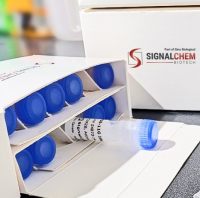Detection of the FIP1L1-PDGFRA Fusion in Idiopathic Hypereosinophilic Syndrome and Chronic Eosinophilic Leukemia
互联网
互联网
相关产品推荐

TP63/TP63蛋白Recombinant Human Tumor protein 63 (TP63)重组蛋白Chronic ulcerative stomatitis protein ;CUSPKeratinocyte transcription factor KETTransformation-related protein 63 ;TP63Tumor protein p73-like ;p73Lp40p51蛋白
¥1344

WHSC1L1/NSD3重组蛋白|WHSC1L1 (NSD3) Protein
¥2580

RSV Fusion重组蛋白|Recombinant Human RSV Fusion protein/RSV-F(Strain RSS-2)Protein(His Tag)
¥2310

Recombinant-Human-Protein-Mpv17MPV17Glomerulosclerosis; Mpv17; Mpv17 human homolog of glomerulosclerosis and nephrotic syndrome; MpV17 mitochondrial inner membrane protein; MPV17_HUMAN; MTDPS6; Protein Mpv17; SYM1
¥10346

Recombinant-Mouse-Outcome-predictor-in-acute-leukemia-1-homologOpal1Outcome predictor in acute leukemia 1 homolog
¥11872

